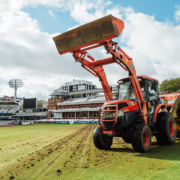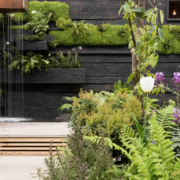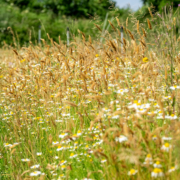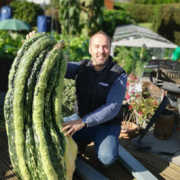Expert Gardening Tips from Agata Henderson
Expert Gardening Tips from Agata Henderson: Whether you’re a passionate gardener, a hands-on DIY enthusiast, or planning to hire professionals to bring your dream garden to life, one thing remains true: successful gardens are planned ahead—and autumn is a key time to prepare for spring.
The intense summer heat has usually passed, the rain returns in generous supply, and frost is still weeks away. It’s the perfect window to get ahead. By planning and preparing your garden now, you’ll set the stage for a lush, thriving space come spring. Your investment will stretch further, your garden will have time to recover from summer stress, and plants will establish strong roots through the cooler months.
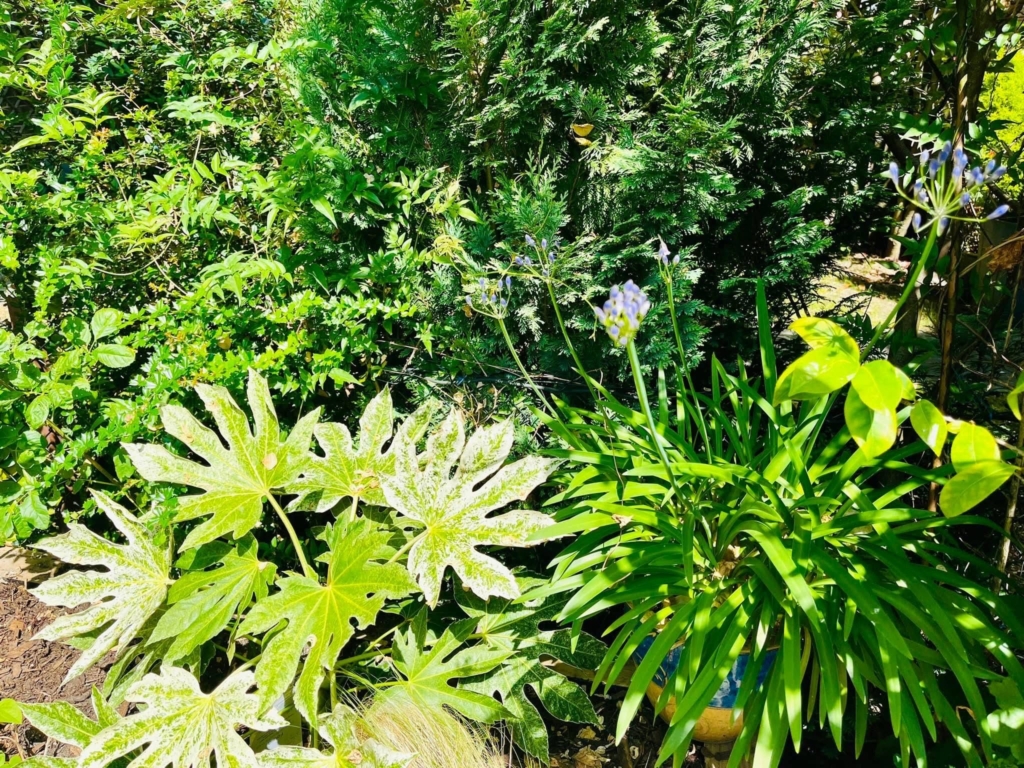
Expert Gardening Tips from Agata Henderson
Agata Henderson, leading London Garden Designer said, “In my work as a garden designer, I’ve noticed a consistent pattern: clients who reach out in September often have their gardens designed and built by Christmas. Those who wait until October or November typically see their spaces come to life in February or March. But for those who suddenly “wake up” to their garden in spring, the dream of enjoying a beautifully finished garden often must wait until late summer.
Here, Agata shares five tips for garden enthusiasts looking to have a flourishing garden come spring:
- Early Autumn Pruning – When you find yourself looking at your garden between late August and mid-October and thinking it looks tired or past its prime, resist the urge to dash to the garden centre in search of late-blooming plants. Instead, take a moment to plan for what’s ahead. If you haven’t done so yet, early autumn is your last call to prune any damaged branches and shape spring-flowering plants. Many of these bloom on old wood, so cutting them back in winter would mean losing next season’s early flowers. Now is also the time to remove dead leaves and spent blooms, collect seeds, and clear away any tired bedding plants. Give remaining plants with autumnal beauty a bit more breathing room.
- Filling the Gaps for a Balanced Landscape – Step back and look at your whole garden while the plants still have foliage—it’s the perfect time to evaluate. Are your plants in the right places? Are there gaps to fill? Did some shrubs outgrow their space and would benefit from being moved? Make a note of these observations and mark any plants you plan to relocate with colourful ribbon. Move them once they go dormant and lose their leaves, typically in November when the weather is wetter and frost is still minimal. This timing gives them the best possible start in the new year.
- Preparing for the Perfect Lawn – If you have a lawn, now is the perfect time to give it some attention. As the grass begins to recover after the summer heat, give it a good mow, water it deeply, and aerate the soil. Follow up by overseeding any bare patches. For best results, consider using enriched seed mixes like Patch Magic or Westland grass seed varieties coated in protective gel—they tend to establish more quickly and effectively. If your lawn doesn’t have major bald spots, simply feed it with an organic lawn fertiliser and water well for several days to help nutrients reach the roots. Resist the temptation to remove moss. It only grows where grass struggles and plays a valuable role in garden biodiversity. In fact, moss produces more oxygen per square metre than most trees and offers a lovely softness in shaded areas.
- Spring Bulb Planting and Vegetable Sowing – As for planting, now is the time to research and choose your spring bulbs. Buying in bulk is often more economical, and a good mix of crocuses and daffodils will bring waves of colour from the earliest days of spring through to early summer. For added texture and vibrancy, include tulips, Siberian squill, and hyacinths. You might also be tempted to sow some biennial seeds—foxgloves, poppies, cornflowers, calendula, and flax all do well when sown now and will reward with beautiful blooms next year. In the vegetable patch, it’s time to sow broad beans, onions, garlic, and hardy brassicas for an early harvest in spring.
- A Winter Garden Revamp – If you’re considering a more significant garden revamp, the period between September and mid-December is ideal. Mild temperatures make outdoor work more efficient, and the rain-softened soil is easier to work with. Trees and shrubs planted now have at least six months to establish strong roots before facing the challenges of summer heat. In fact, planting in autumn typically results in fewer plant losses due to winter frost than when planting during the hot summer months.
Don’t give up on your tired, post-summer garden—and don’t wait until spring to breathe new life into it. Autumn is the best time to act so you can enjoy the rewards from the very first days of spring.
For more information on Agata Henderson Garden Design, visit www.agatahendersongardendesign.co.uk/.
For the latest industry news visit landscapingmatters.co.uk/news
Get all of the big headlines, pictures, opinions and videos on stories that matter to you.
Follow us on Twitter and Instagram for fun, fresh and engaging content.
You can also find us on Facebook for more of your must-see news, features, videos and pictures from Landscaping Matters



